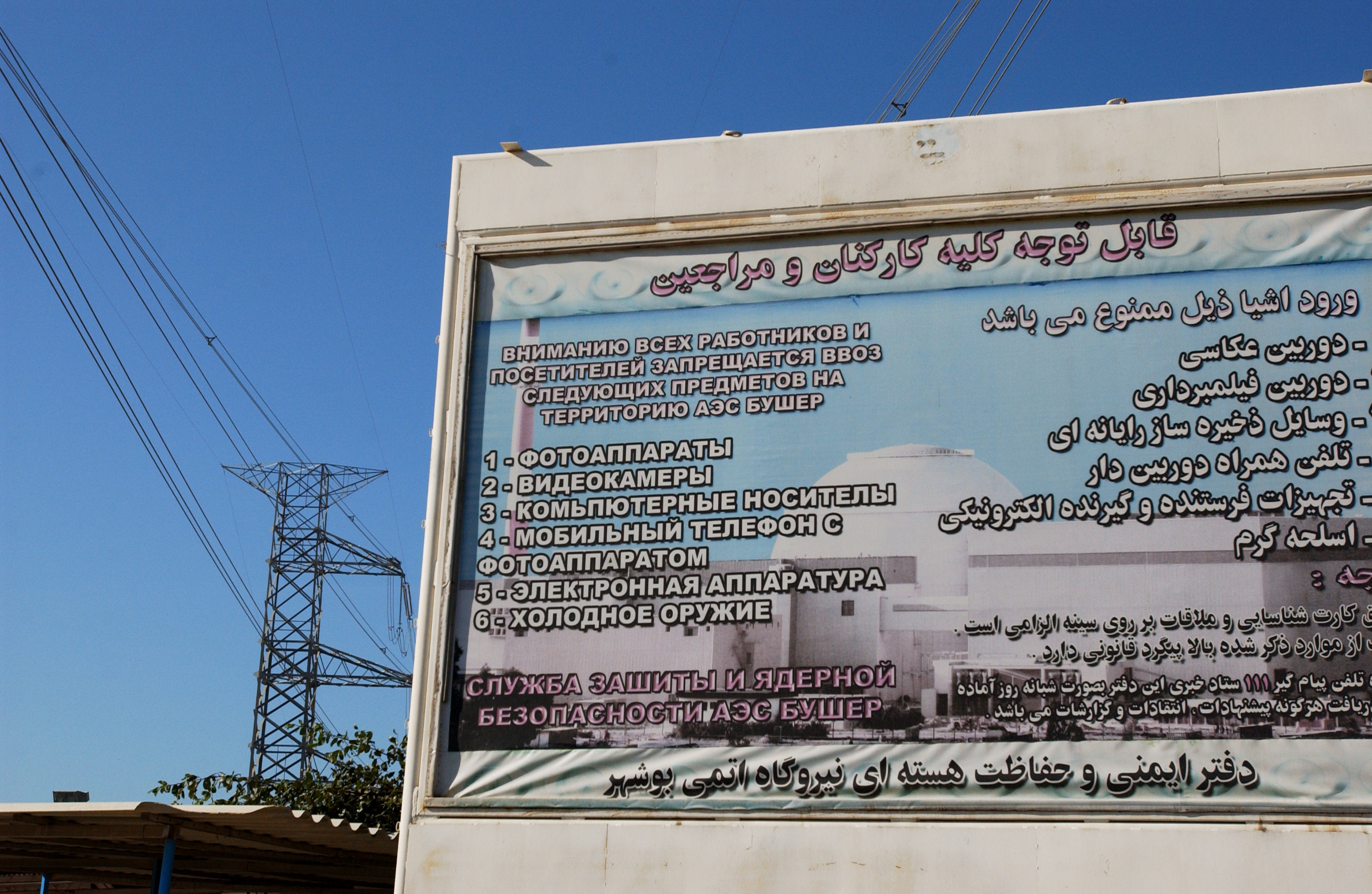ID :
384126
Mon, 10/19/2015 - 11:20
Auther :
Shortlink :
https://oananews.org//node/384126
The shortlink copeid
Agreement on Iran’s nuclear programme officially comes into force

MOSCOW, October 18 /TASS/. The Joint Comprehensive Plan of Action on Iran’s nuclear programme, an agreement concluded by the six powers (five permanent members of the United Nations Security Council plus Germany) and Iran with participation of the EU High Representative for Foreign Affairs and Security Policy, in Vienna on July 14 is coming into force on Sunday.
Under the Vienna agreements, the so-called "adoption day" is established 90 days after the UN Security Council’s approval of Resolution 2231. So, the measures provided by the Joint Comprehensive Action Plan and a relevant Un Security Council resolution, are taking effect on October 18.
"All the parties who signed the agreement will start practical preparation and will take the first steps towards implementing the undertaken commitments. It concerns both Iran’s interaction with the International Atomic Energy Agency (IAEA) and its movement towards the lifting of the unilateral sanctions imposed by the United States and the European Union," the Russian Foreign Ministry said.
A joint commission of the "P5+1" group and Iran will hold its first meeting in Vienna on October 19. Under the Joint Comprehensive Plan of Action, this mechanism is going to be permanent.
Ali Akbar Salehi, the head of the Atomic Energy Organization of Iran, said that representatives of Iran and the European Union would ratify the Joint Action Plan the same day.
"The European Union will officially announce the removal of economic sanctions imposed against Iran on Monday after the EU and Iran ratify the Joint Comprehensive Plan of Action in Vienna," Salehi said adding the United States would lift part of the sanctions and suspend some of them the same day.
Russia’s Role
Moscow has stressed many times that the Joint Plan of Action and UN Security Council Resolution 22 31 are based on the Russian-proposed basic principles of superposition and reciprocity. The same can be said of the scheme of Iran’s deal that recognizes Iran’s right to a peaceful nuclear program, including uranium enrichment, if it puts its nuclear programme under strict international control; and should lead to the removal of UN Security Council sanctions and unilateral measures imposed by the United States and the European Union.
According to Russian Foreign Minister Sergey Lavrov, the Russian delegation, which comprised nuclear experts, offered a number of practical solutions during the talks that later became an integral part of the agreement.
"In the interests of the final settlement we agreed that the two key issues on the agenda should be solved within the framework of the Russian-Iranian cooperation via the Rosatom State Corporation for Atomic Energy," Lavrov said.
"The talk is about two joint projects: for taking out Iranian stocks of low-enriched uranium from Russia in exchange for natural uranium and for converting the former uranium enrichment facility in Fordow to the production of stable isotopes for medical and industrial purposes.
According to Russia’s chief negotiator Russian Deputy Foreign Minister Sergei Ryabkov, Russia and Iran are in a concept design stage of the project for the conversion of the Fordow facility. New consultations on this matter are to take place in a couple of months.
"We are currently at a pre design stage. Our partners in Iran and the "P5+1" group are aware of that… Technologically, the task is complicated but solvable. Rosatom has great experience in this field," Ryabkov stressed.
Under the agreement, Iran’s Fuel Enrichment Plant in Natanz will cut the number of centrifuges by two thirds - from 19,000 to 6,000 of IR-1 centrifuges, of which only 5,060 will continue enriching uranium for the next 10 years. All the centrifuges above the agreed numbers and the enrichment infrastructure is to be re-located to storehouses and placed under the IEAE control. The Natanz plant will remain the only uranium enrichment facility in the country.
The Fordow fuel enrichment facility will be converted to the production of stable isotopes for industrial and medical purposes.
The heavy water reactor in Arak is being reconstructed in a way to make it impossible to generate weapons-grade plutonium.
Iran has pledged not to build additional heavy water reactors or accumulate heavy water in the next 15 years. All excess volumes of heavy water will be exported to the international market.
Teheran has agreed to restrict its nuclear activities in most directions in the next 8 or 10 years.
The UN Security Council arms embargo and a ban on the provision of ballistic missile technologies to Iran will remain in force under the Vienna plan in the next 5 or 8 years, respectively.
Iran will get full sanctions relief after the IAEA makes an extended conclusion that all Iranian nuclear material is meant for peaceful purposes.
The United Nations Security Council will close Iran’s nuclear dossier in 10 years after the agreement has taken effect under the Vienna plan.
Russian Deputy Foreign Minister Sergei Ryabkov did not rule out complications on the path of the joint plan’s implementation linked to the forthcoming elections in the United States and Iran. The agreement’s guarantee consists in the fact that abandonment of the document’s implementation will be a violation of the UN Security Council Resolution with all the ensuring political and international legal consequences.
According to Ryabkov, the Vienna plan is marking the beginning rather than the end of the process.
Read more





